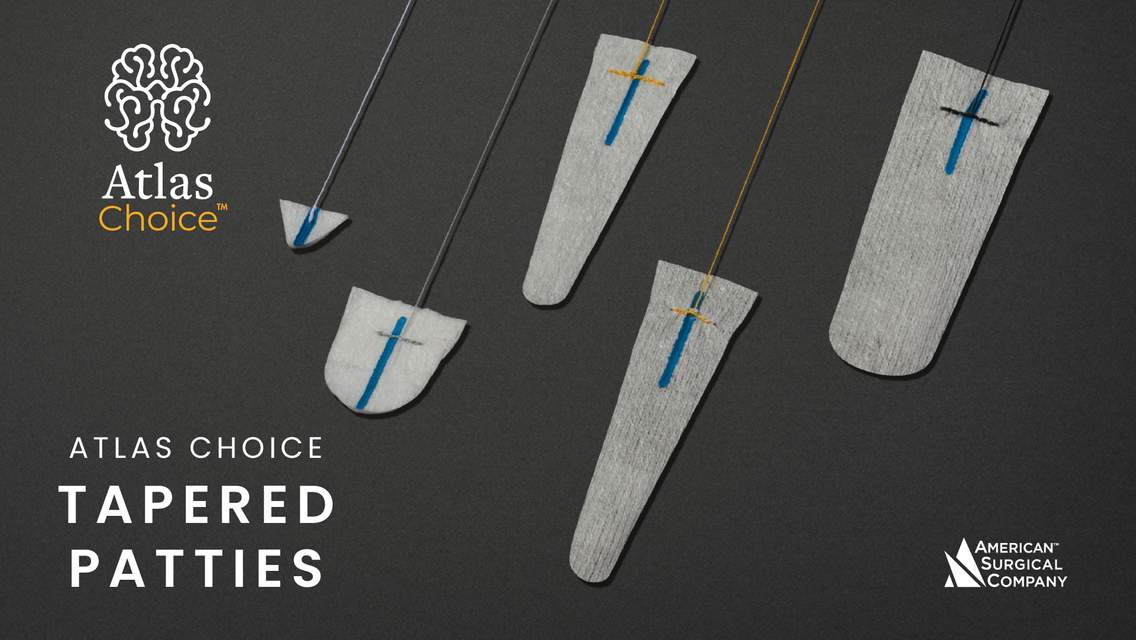Gliomatosis Cerebri
Figure 1: This diffuse infiltrative glioma was described as gliomatosis cerebri under previous classification systems. (Top Left and Right) Note the diffuse FLAIR involvement of the right temporal lobe, posterior right frontal lobe, right insula, right basal ganglia, and right thalamus. (Bottom) No enhancement is present in this lesion on T1WI after contrast administration.
BASIC DESCRIPTION
- Uncommon, diffusely infiltrating tumor of glial origin involving a large amount of brain parenchyma (previously required involvement of 3 lobes to meet gliomatosis criteria)
PATHOLOGY
- This tumor type was deleted from the 2016 WHO classification
- A tumor previously described as gliomatosis cerebri would now be classified as a diffuse type of astrocytoma, oligodendroglioma, or glioblastoma
CLINICAL FEATURES
- Affects all ages (ages 40–50 years most common)
- No clear gender predilection
- Altered mental status, dementia, headaches, and seizures are common presenting signs and symptoms
- Treatment: biopsy and rarely surgical decompression, might require ventricular shunting, variable response to chemoradiation, steroids may be temporarily beneficial
- Poor prognosis: 1-year survival, <50% (median survival, 14 months)
- Improved survival with lower Ki-67 index, isocitrate dehydrogenase 1 (IDH1)-positive genetics
IMAGING
- General
- Diffusely infiltrating, hemispheric white matter mass involving a large area of the brain (previously required involvement of 3 lobes to meet gliomatosis criteria)
- Expands and can involve adjacent cortex
- Basal ganglia, thalami, brainstem, corpus callosum, cerebellum, and spinal cord could be involved
- Bilateral hemispheric involvement in 50% of cases
- CT
- Asymmetric, poorly defined, hypoattenuating white matter mass
- Loss of gray–white matter differentiation
- Usually nonenhancing on contrast-enhanced CT
- MRI
- T1WI: homogeneously isointense to hypointense
- T2WI: homogeneously hyperintense; hydrocephalus rare
- FLAIR: homogeneously hyperintense
- DWI: usually no diffusion restriction
- T1WI+C: little to no enhancement; areas of enhancement might suggest higher-grade tumor component
- MRS/MR perfusion: elevated myoinositol and choline, decreased NAA; high-grade tumor associated with increased relative cerebral blood volume (rCBV)
IMAGING RECOMMENDATIONS
- MRI with contrast, MRS, and MR perfusion might be helpful in equivocal cases
For more information, please see the corresponding chapter in Radiopaedia.
Contributor: Rachel Seltman, MD
References
Arevalo-Perez J, Peck KK, Young RJ. Dynamic contrast-enhanced perfusion MRI and diffusion-weighted imaging in grading of gliomas. J Neuroimaging 2015;25:792–798. doi.org/10.1111/jon.12239.
Bendszus M, Warmuth-metz M, Klein R, et al. MR spectroscopy in gliomatosis cerebri. AJNR Am J Neuroradiol 2000;21:375–380.
Louis DN, Ohgaki H, Wiestler OD, et al. The 2007 WHO classification of tumours of the central nervous system. Acta Neuropathol 2007;114:547. doi.org/10.1007/s00401-007-0243-4.
Osborn AG, Salzman KL, Jhaveri MD. Diagnostic Imaging (3rd ed). Elsevier, Philadelphia, PA; 2016.
Shin YM, Chang KH, Han MH, et al. Gliomatosis cerebri: comparison of MR and CT features. AJR Am J Roentgenol 1993;161:859–862. doi.org/10.2214/ajr.161.4.8372774.
Please login to post a comment.














